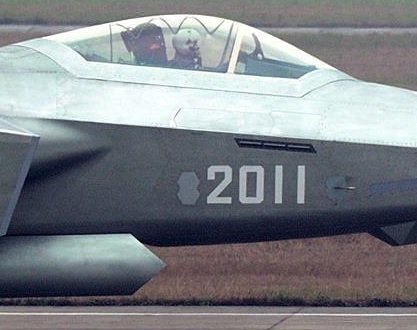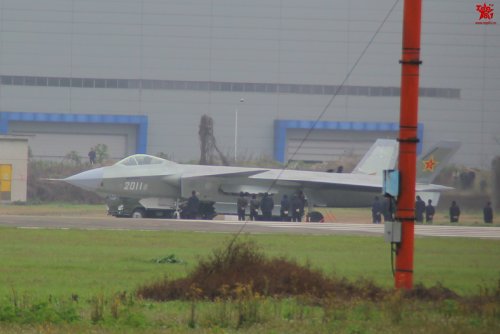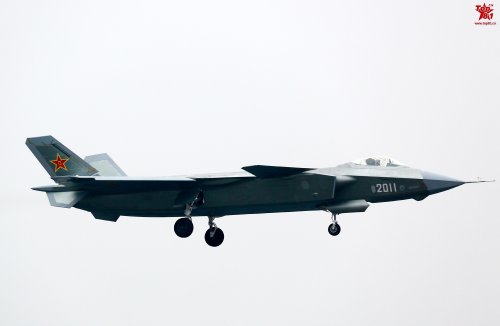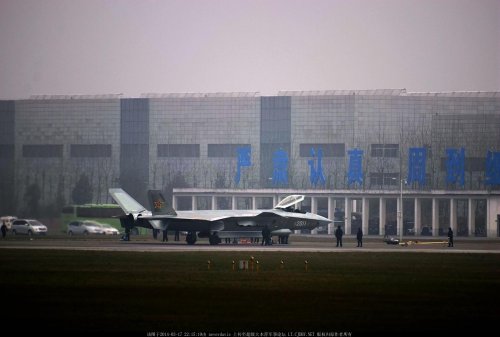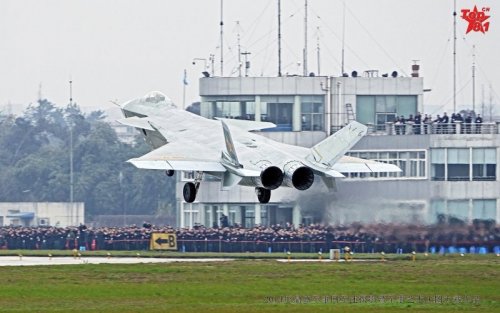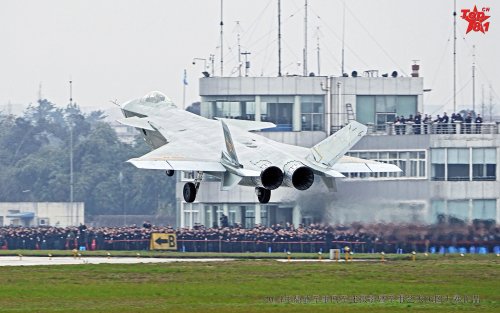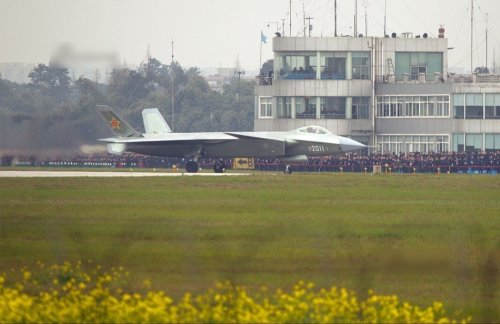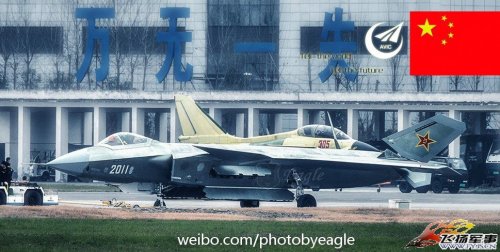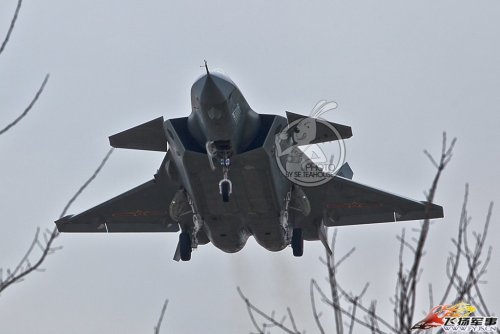- Joined
- 6 August 2007
- Messages
- 3,875
- Reaction score
- 5,871
sferrin said:How many watts do you think it'd take to BBQ the pilot? How many years do they plan on having the T-50 in service?
The viability of such a thing is highly dependent on the system's ability to send a lot of energy in a focused beam through a turbulent atmosphere from a moving platform to a moving target. Adaptive optics are not enough to accomplish this (though they help with thermal blooming, which is a different problem), and very short wavelengths are required to drill a hole through the turbulent, dirty atmosphere to the target. The shorter the wavelength, the more power is needed. For the application described high power and non trivial dwell times are required as well as short wavelengths. Over even short air to air engagement or counter-AAM distances the power requirements alone are non trivial, and not available in the foreseeable future.
However, that is off topic.
Blitzo said:Apparently not, given how much surprise J-20 took the pentagon by.
Why do you say that the J-20 took the Pentagon by surprise?
Blitzo said:At the very least, I'm sure we can agree that china is seeking to hide its true capability rather than exaggerate it.
There are several physical features of their recent efforts that appear almost - cosmetic - rather than functional. There are also elements that appear to be "monkey see, monkey do" or more accurately "cargo cult stealth". At the same time, there are other things that clearly show a reasonable understanding of the underlying principals and at least some ability to apply it.
So I would for now strongly disagree with that statement, though I am certainly not calling the design teams responsible fools. And yes, I intentionally used the plural.

